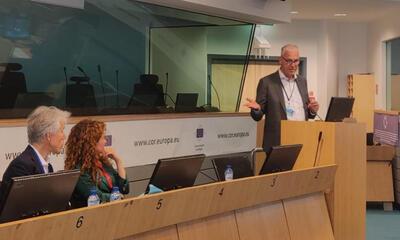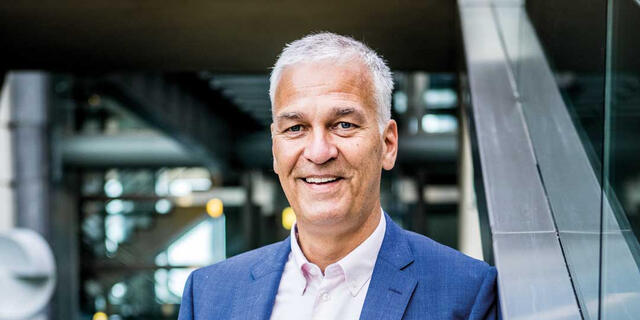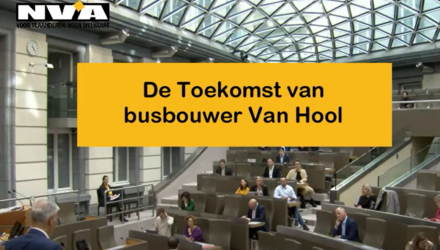
First of all, waste-to-energy only combusts waste that is non-recyclable for economic, technical or environmental reasons. Thus, it is compatible with recycling and only competes with landfill, which is lower in the waste hierarchy. Through its high temperature combustion, WtE keeps toxic substances out of materials and out of the environment. It allows the recycling of the metals and inorganics in the waste. This can increase the environmental and health impact of recycled materials. Furthermore, waste-to-energy allows recovery of both energy and materials from non-recyclable waste and hence contributes to keeping materials in circulation.
Waste prevention – reusage: main goal in a circular economy
Nonetheless, we must still focus our efforts on reducing the quantity of waste through prevention and reusage as this is higher in the waste hierarchy than recycling. In an ideal circular economy scenario, WtE is phased out completely, because all material streams are clean and can be fully recycled in an economically viable way. But realistically, WtE will remain necessary for many decades to come thus it must be included in energy policy. I believe that energy from waste can play a role in the circular economy, provided it does not have a negative impact on prevention, reuse and recycling. After all, the goal remains to move toward decarbonization. Ambitions for reuse and recycling should not be hindered by overcapacities for waste treatment.
Conclusion
- More high-quality recycling is essential for the circular economy.
- WtE still plays an essential role in the circular economy and is complementary for recycling, not competition.
- WtE is a solution for waste that cannot be economically recycled today. Thus, as long as non-recyclable items continue to enter the market, WtE is necessary and essential.
- Preferably we have as little residual waste as possible: maximum prevention and sorting at source to minimize non-recyclable residual waste
- We must handle the non-recyclable residual waste as well as possible, which means:
- Low emissions
- Recovering as much energy as possible (electricity / heat)
- Do not dilute toxic substances but isolate or destroy them
- Keep sufficient control on capacity: strive for balance supply/capacity
Regional example: Flanders
Furthermore, taking the regional example of Flanders, I would like to highlight a fairly new risk for municipalities concerning waste-to-energy.
Household waste is collected and sorted by the local government. Industrial waste is owned by private players. So, waste treatment is either privately owned or a private-public partnership.
Just over half of the Flemish municipalities participate, directly or indirectly in WtE plants. The others market their household waste towards private players, who either have their own plants in Flanders or supply contracts with those plants. Given that the quantity of household residual waste is in decline, the municipal plants must increasingly enter the market of commercial residual waste, making them competitors of the private players. This also puts them at risk because if they do not bring in the quantities of commercial residual waste they need, there is a problem filling the WtE plant. This is a fairly new risk considering there used to be plenty of household residual waste and we find that not all municipalities are yet aware of that risk. Local governments must be aware of the market risks of investing in a waste-to-energy plant if they are to attract corporate waste in addition to their own household waste.
Lastly, another danger that exists is that of sizing a WtE to a heat grid that one wants to build. This can lead to an incorrectly sized WtE.
Conclusion
In conclusion, the transition towards a circular economy requires striking the right balance when it comes to waste-to-energy capacity for the treatment of non-recyclable waste, in order to avoid potential economic losses, or the creation of infrastructure barriers to achieving higher recycling rates. Furthermore, it is important that local governments are aware of all the risks before investing in a waste-to-energy plant.




